Top 10 Animation Artists of All Time
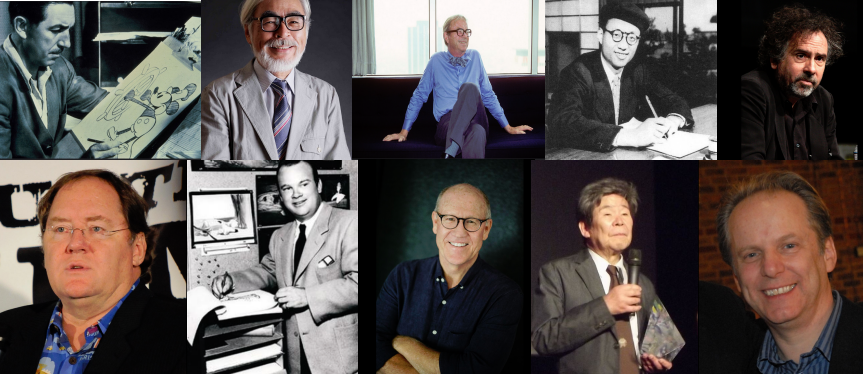
Table of Contents
Animated videos have become an integral part of the media landscape. From video commercials to multimedia storytelling, animation has transformed the way we consume and engage with content. Behind every animated video, there are skilled animators and motion graphics designers who bring their artistic talents to the screen.
In this article, we’ll explore the top 10 most famous animation artists of all time.
Walt Disney
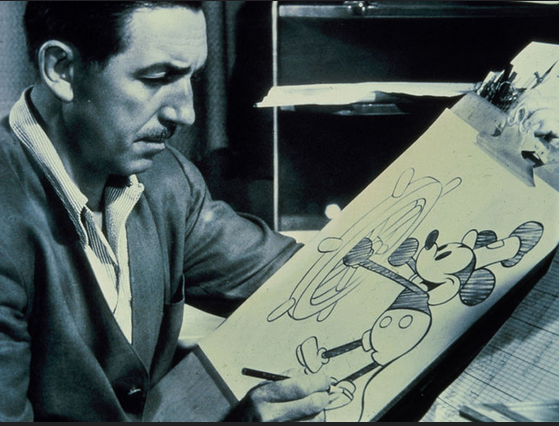
No list of famous animators would be complete without mentioning Walt Disney. He is widely regarded as the father of animation and has left an indelible mark on the industry. Disney’s groundbreaking work on Snow White and the Seven Dwarfs, released in 1937, was the first feature-length animated film.
He also created iconic characters like Mickey Mouse, Donald Duck, and Goofy. The Walt Disney Company is now a global empire, with theme parks, television shows, and movies all bearing his name.
Walt Disney was not only a pioneering figure in animation, but he also played a major role in shaping the entire entertainment industry. He was a visionary who believed that animation had the power to tell stories that could resonate with audiences of all ages.
Disney’s legacy can be seen in the countless animated films and television shows that continue to captivate audiences around the world.
One of the most significant contributions that Disney made to animation was his development of the multi-plane camera. This innovation allowed animators to create a sense of depth and movement in their films by layering images on different levels and moving them independently of each other.
This technique gave Disney’s films a more realistic and cinematic feel, which set them apart from other animated films of the time.
Another technique that Disney was known for was his attention to detail. He believed that every aspect of a film, from the characters to the backgrounds, should be meticulously crafted to create a cohesive and immersive experience for the audience. Disney’s animators spent countless hours researching and studying the subjects of their films to ensure that every detail was accurate and authentic.
Disney also placed a great deal of emphasis on character development. He believed that the success of a film rested on the ability of the audience to connect with the characters on an emotional level. Disney’s characters were often anthropomorphized animals or other non-human beings, which allowed them to be both relatable and endearing.
One of Disney’s most enduring creations is Mickey Mouse, who first appeared in the 1928 short film Steamboat Willie. Mickey Mouse became a cultural icon and has since appeared in countless films, television shows, and theme park attractions.
Disney’s ability to create memorable and beloved characters like Mickey Mouse helped establish animation as a legitimate art form and paved the way for future animators to create their own iconic characters.
In conclusion, Walt Disney was a trailblazer in the field of animation who transformed the way we think about and consume media. His innovations in animation techniques and his commitment to storytelling and character development have had a lasting impact on the entertainment industry. Disney’s legacy continues to inspire animators and storytellers around the world to push the boundaries of what’s possible and create new and innovative works of animation.
Hayao Miyazaki
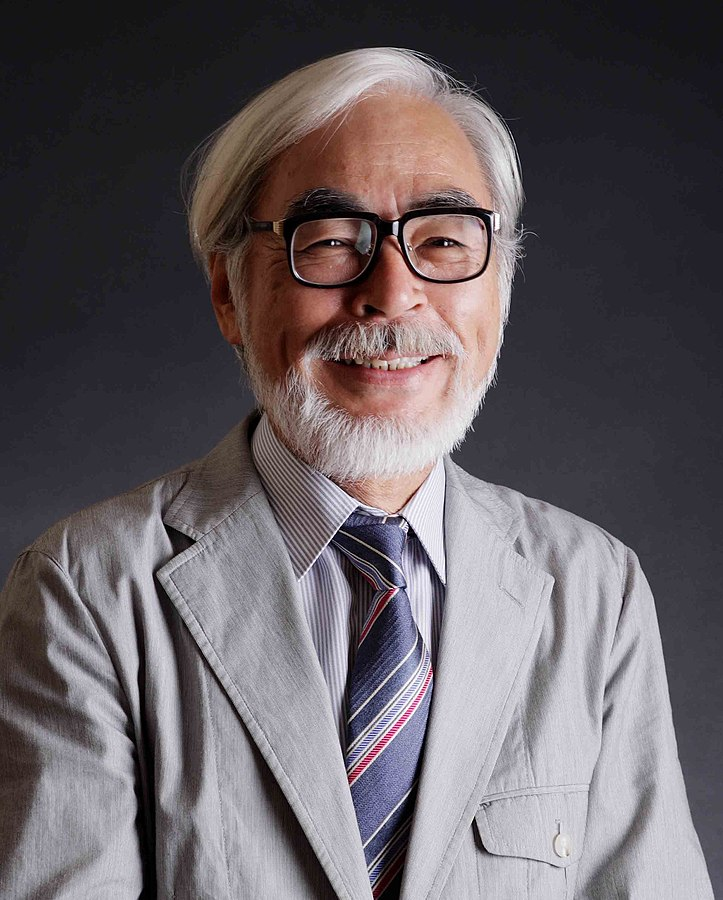
Hayao Miyazaki is a Japanese animator and filmmaker who has won numerous awards for his work. He is the co-founder of Studio Ghibli, which has produced some of the most beloved animated films of all time, including Spirited Away, My Neighbor Totoro, and Princess Mononoke. Miyazaki’s films are known for their beautiful hand-drawn animation and compelling stories that often deal with environmental and social issues.
One of Miyazaki’s most significant contributions to animation is his unique storytelling style. His films are known for their complex characters and intricate plots, which often tackle serious themes such as environmentalism, pacifism, and the importance of family. Miyazaki’s films are not just entertainment – they are thought-provoking works of art that encourage viewers to reflect on their own lives and the world around them.
Miyazaki’s animation style is also distinctive. He often blends traditional hand-drawn animation with computer-generated imagery to create a seamless and immersive visual experience. Miyazaki is also known for his attention to detail, which can be seen in the intricate backgrounds and character designs of his films. His use of color, lighting, and camera angles help to create a sense of wonder and magic in his films that is unmatched in the world of animation.
Another significant contribution that Miyazaki has made to animation is his advocacy for the industry. He has been a vocal critic of the commercialization and mass-production of animated films, calling for more emphasis on creativity and artistic expression. He has also been a champion for the rights of animators, advocating for fair working conditions and better pay. Miyazaki’s activism has helped to raise awareness about the challenges that animators face and has inspired others in the industry to speak out.
Miyazaki’s films have not only had a profound impact on the animation industry but on popular culture as a whole. His work has been praised by critics and audiences alike, and his films have won numerous awards and accolades around the world. Miyazaki’s ability to tell stories that are both timeless and relevant has earned him a place as one of the greatest animation artists of all time.
Hayao Miyazaki’s significant contributions to animation are undeniable. His unique storytelling style, distinctive animation techniques, and advocacy for the industry have had a profound impact on the world of animation and beyond. Miyazaki’s legacy will continue to inspire future generations of animators and storytellers, reminding us of the power of art to move and transform us.
Chuck Jones
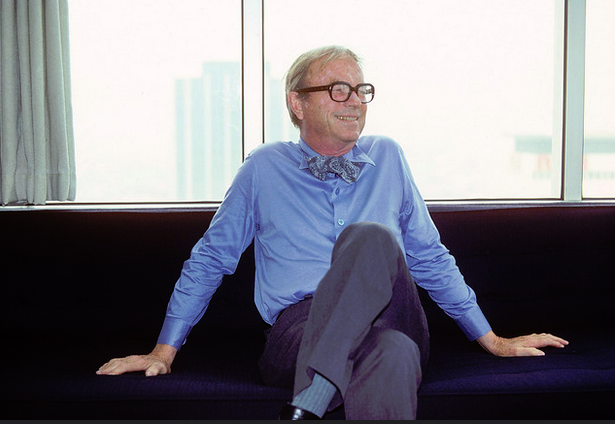
Chuck Jones was an American animator and cartoonist who is best known for his work with Warner Bros.
One of Jones’ most significant contributions to animation was his creation of some of the most iconic and beloved characters in the medium. He was the mastermind behind Bugs Bunny, Daffy Duck, Wile E. Coyote, and the Road Runner, among others. Jones’ characters were known for their distinctive personalities and wit, and they remain some of the most recognizable and beloved characters in popular culture today.
Jones was also a master of comedic timing and visual storytelling. He was able to create hilarious and memorable scenes using only a few frames of animation, and his attention to detail and precision helped to elevate the quality of animation overall. Jones’ animation style was characterized by its fluidity, expressiveness, and attention to detail, and it has inspired countless animators and filmmakers.
Another significant contribution that Jones made to animation was his role in the creation of the Looney Tunes and Merrie Melodies series. These cartoons were groundbreaking in their use of humor and satire, and they helped to establish animation as a legitimate form of entertainment. Jones’ contributions to these series helped to make them some of the most beloved and enduring works of animation in history.
Jones was also known for his innovative use of sound in his cartoons. He worked closely with composer Carl Stalling to create soundtracks that were integral to the humor and storytelling of his cartoons. Jones’ use of sound effects and music helped to elevate the quality of animation overall and set a new standard for the industry.
Chuck Jones was a visionary animator and filmmaker who played a major role in shaping the modern animation landscape. His creative vision, technical expertise, and innovative approach to storytelling and humor have inspired generations of animators and filmmakers. Jones’ legacy continues to be felt in the countless works of animation that he influenced and in the enduring popularity of his characters and cartoons.
He will always be remembered as one of the greatest animation artists of all time.
Tex Avery
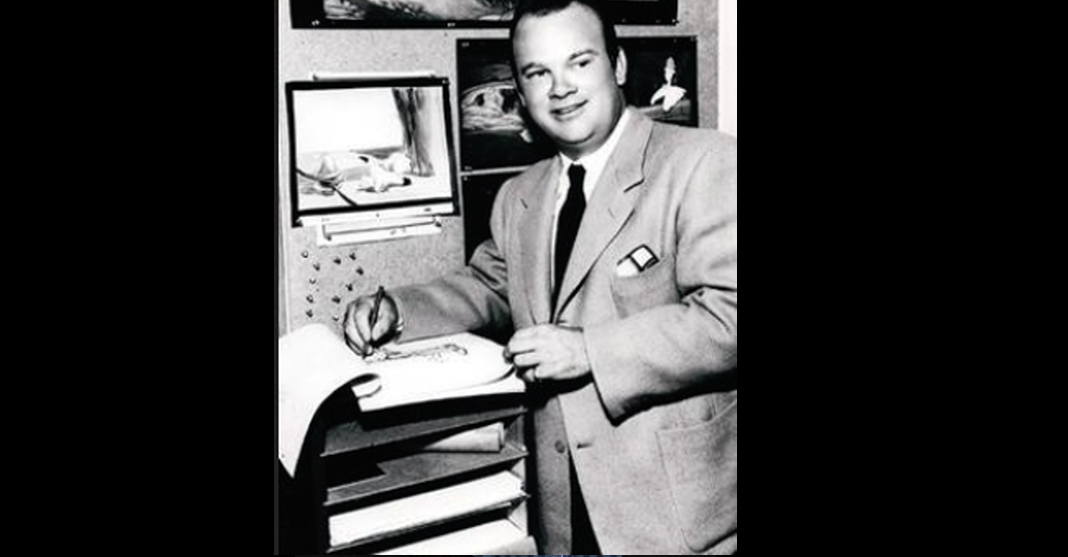
Tex Avery was an American animator who worked for Warner Bros., MGM, and Hanna-Barbera.
He is known for creating some of the most memorable characters in animation, including Droopy, Screwy Squirrel, and the famous wolf who howls at the moon. Avery’s animation style was characterized by fast-paced action and humor, which set him apart from his contemporaries.
One of Avery’s most significant contributions to animation was his creation of some of the most iconic and enduring characters in the medium. He was the creator of Bugs Bunny’s nemesis, Elmer Fudd, and also contributed to the development of other popular characters such as Daffy Duck, Porky Pig, and Droopy. Avery’s characters were known for their exaggerated physical features, outrageous antics, and over-the-top humor, and they remain some of the most beloved and recognizable characters in popular culture today.
Avery was also known for his innovative animation techniques, which helped to push the boundaries of what was possible in animation at the time. He was one of the first animators to use the “smear” technique, which involved stretching and distorting characters’ shapes in order to create a sense of motion and speed. Avery’s use of this technique helped to create some of the most iconic moments in animation history, such as the Road Runner’s signature “beep-beep” sound effect.
Another significant contribution that Avery made to animation was his irreverent approach to storytelling and humor. Avery’s cartoons were known for their offbeat and often surreal humor, and he was not afraid to push the boundaries of what was considered acceptable in animation at the time. Avery’s cartoons were also notable for their use of parody and satire, which helped to make them some of the most subversive and entertaining works of animation in history.
In addition to his work with Warner Bros. and MGM, Avery also made significant contributions to the animation industry through his work with Hanna-Barbera. He was instrumental in the creation of several iconic television shows, including The Flintstones and The Jetsons, which helped to establish animation as a legitimate form of television entertainment.
Tex Avery was a visionary animator and filmmaker whose contributions to the animation industry are immeasurable. His innovative animation techniques, irreverent sense of humor, and unique approach to storytelling helped to shape modern animation and has inspired generations of animators and filmmakers to come.
Osamu Tezuka
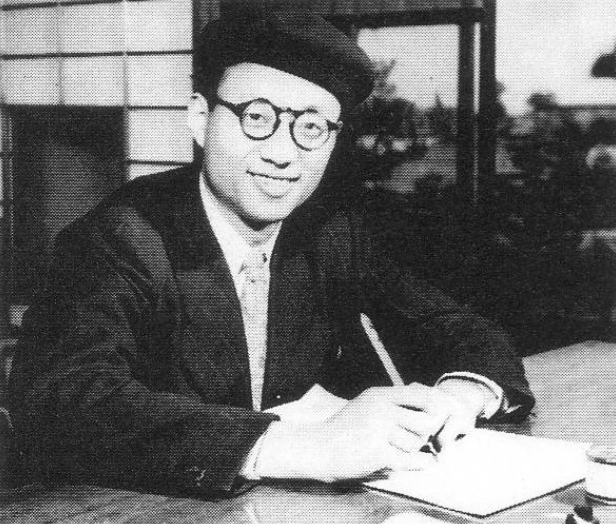
Osamu Tezuka was a Japanese manga artist, animator, and film producer. He is widely regarded as the “Godfather of Manga” and the “Japanese Walt Disney.”
Tezuka created some of the most influential and beloved anime and manga series of all time, including Astro Boy, Kimba the White Lion, and Black Jack. His work helped popularize anime and manga in Japan and around the world.
One of Tezuka’s most significant contributions to animation was his creation of the first full-length anime feature film, “Momotaro’s Divine Sea Warriors,” which was released in 1945 during World War II. This film marked a major turning point in the history of Japanese animation, and it paved the way for the development of the anime industry as we know it today.
Tezuka’s animation style was characterized by its expressive characters, fluid motion, and detailed backgrounds. He was a master of visual storytelling, and his ability to convey complex emotions and ideas through animation helped to elevate the medium and establish it as a legitimate form of artistic expression.
Another significant contribution that Tezuka made to animation was his role in the creation of the “manga” style of Japanese comics. Tezuka’s manga were notable for their complex characters, intricate storylines, and cinematic visual style, and they helped to establish manga as a legitimate form of artistic expression in Japan and around the world.
Tezuka’s most famous creation was “Astro Boy,” a manga and anime series that first aired in 1963.
The series followed the adventures of a powerful robot who fights for justice and equality, and it became one of the most popular and enduring anime franchises of all time. “Astro Boy” helped to popularize the use of robots in Japanese animation and set a new standard for the genre.
Tezuka’s contributions to animation were not limited to his artistic talents, however. He was also a pioneer in the use of multimedia and technology in animation, and he helped to develop new techniques and tools that have revolutionized the industry. For example, Tezuka was one of the first animators to use “limited animation,” a technique that involves reducing the number of frames used in a sequence in order to save time and money.
Tezuka was indeed a visionary animator and filmmaker who played a major role in shaping the modern anime industry. His creative vision, technical expertise, and innovative approach to storytelling and technology have inspired generations of animators and filmmakers. Tezuka’s legacy continues to be felt in the countless works of animation that he influenced and in the enduring popularity of his characters and franchises. He will always be remembered as one of the greatest animation artists of all time.
Tim Burton
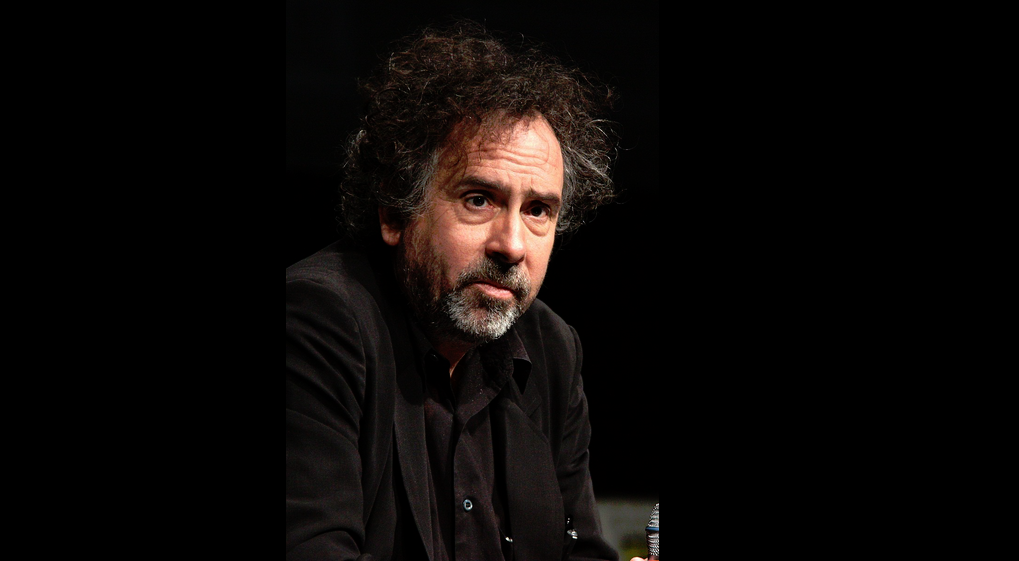
Tim Burton is an American filmmaker, animator, and artist who is known for his distinctive style.
One of Burton’s most significant contributions to animation was his creation of the stop-motion animated film “The Nightmare Before Christmas” in 1993. The film was a critical and commercial success and is now considered a classic in the genre. Burton’s unique vision and artistic style were on full display in the film, which tells the story of Jack Skellington, the Pumpkin King of Halloween Town, who becomes obsessed with Christmas and tries to bring the holiday to his town.
Burton’s use of stop-motion animation was innovative and groundbreaking at the time, and it helped to popularize the technique as a legitimate form of animation. The film also demonstrated Burton’s ability to tell complex and emotional stories through animation, a skill that has been a hallmark of his work throughout his career.
Another significant contribution that Burton has made to animation is his willingness to take risks and experiment with different styles and techniques. He has directed a number of other animated films, including “Corpse Bride,” “Frankenweenie,” and “Miss Peregrine’s Home for Peculiar Children,” each of which has its own unique style and tone.
Burton’s willingness to experiment with animation has also led him to collaborate with some of the industry’s most talented animators and artists. For example, he worked with Henry Selick, a stop-motion animation expert, on “The Nightmare Before Christmas,” and with Mike Johnson, a former animator at Pixar, on “Corpse Bride.”
In addition to his work in animation, Burton has had a significant impact on popular culture through his live-action films, many of which feature dark and fantastical themes. He has also been involved in the creation of theme park attractions and has designed merchandise for a variety of products, from clothing to toys.
Burton’s contributions to animation are significant and far-reaching. His unique artistic style, his willingness to take risks, and his ability to tell complex and emotional stories through animation have helped to establish him as one of the most important and influential animation artists of all time. His impact on the industry can be seen in the countless animated films that have been influenced by his work, as well as in the enduring popularity of his films and characters.
John Lasseter

John Lasseter is an American animator and filmmaker who is best known for his work with Pixar Animation Studios. He co-founded the company and directed the first feature-length computer-animated film, Toy Story. Lasseter has since gone on to produce and direct numerous critically acclaimed films, including A Bug’s Life, Cars, Inside Out. Finding Nemo, and The Incredibles.
One of Lasseter’s most significant contributions to animation was his development of the technique of using 3D computer graphics to create animated films. This technique allowed for greater control and flexibility in creating characters and environments, and it has since become the standard for creating computer-animated films.
Lasseter’s work with Pixar also helped to establish the studio as one of the leading animation studios in the world. Under his leadership, Pixar produced a string of critically acclaimed and commercially successful films that have become beloved classics, such as “Up,” “Wall-E,” and “Inside Out.”
In addition to his work with Pixar, Lasseter also served as the chief creative officer of Walt Disney Animation Studios from 2006 to 2018, where he oversaw the production of a number of successful films, including “Tangled,” “Frozen,” and “Moana.”
Lasseter’s impact on the animation industry can also be seen in his role as a mentor to countless animators and filmmakers. He has worked to promote the use of computer animation in film, and he has been a vocal advocate for the importance of storytelling in animation.
In conclusion, John Lasseter’s contributions to animation are significant and far-reaching. His work with Pixar helped to revolutionize the animation industry and establish computer animation as a legitimate form of filmmaking.
His influence can be seen in the countless animated films that have been produced in the years since, and his legacy as a mentor and advocate for storytelling in animation will continue to inspire future generations of animators and filmmakers.
Nick Park

Nick Park is a British animator and filmmaker who is best known for creating Wallace and Gromit.
He has won numerous awards for his work, including 4 Academy Awards for Best Animated Short Film. Park’s animation style is characterized by his use of claymation, a stop-motion animation technique that involves manipulating clay figures.
Park began his career at the National Film and Television School in London, where he studied animation. It was there that he created his first short film, “A Grand Day Out,” which introduced the world to the characters of Wallace and Gromit. The film was a critical and commercial success, and it paved the way for the development of a series of films featuring the lovable duo.
One of Park’s most significant contributions to animation is his development of the technique of using clay animation to create stop-motion animated films. This technique involves sculpting characters and props out of clay and then photographing them one frame at a time to create the illusion of movement. This technique requires immense skill and patience, but it allows for a level of detail and expression that is unmatched in other forms of animation.
Park’s films have won numerous awards and have been celebrated for their unique blend of humor, heart, and technical skill. His film “The Wrong Trousers” won the Academy Award for Best Animated Short Film in 1994, and his feature-length film “Wallace & Gromit in 2006, the Academy Award for Best Animated Feature was won by “The Curse of the Were-Rabbit”
In addition to his work with Wallace and Gromit, Park has also been involved in a number of other successful stop-motion animated projects. He directed the film “Chicken Run,” which was produced by DreamWorks Animation, and he has worked on a number of commercials and short films for various clients.
Park’s influence on the animation industry can be seen in the countless animators and filmmakers who have been inspired by his work. His dedication to the art of stop-motion animation and his ability to tell compelling stories through his characters and settings have made him a true master of the craft.
Park’s contributions to animation are significant and enduring. His development of the technique of using clay animation to create stop-motion animated films has revolutionized the field of animation.
Audiences worldwide have been captivated by Wallace and Gromit. His influence on the animation industry will continue to be felt for years to come, and his legacy as a master of the craft will inspire future generations of animators and filmmakers.
Glen Keane

Glen Keane is an American animator and director who is known for his work with Walt Disney Animation Studios.
Keane’s contributions to animation are many, but perhaps his most significant achievement is his development of a new style of character animation that emphasizes fluidity, expressiveness, and personality. His animation style is characterized by exaggerated poses and movements, which allow the characters to convey a range of emotions and feelings in a dynamic and engaging way.
One of Keane’s most notable contributions to the animation industry is his creation of the character of Ariel in “The Little Mermaid.” He worked closely with the film’s directors and writers to develop the character’s look, personality, and movements, and his efforts paid off when the film became a critical and commercial success. The character of Ariel is now recognized as one of the most iconic and beloved Disney characters of all time, Keane’s animation work on the film helped a new era of hand-drawn animation to be ushered in.
Keane has continued to work in the animation industry throughout his career, and he has been involved in a number of groundbreaking projects. He worked as the lead animator on the character of Beast in “Beauty and the Beast,” and he was responsible for the character design of the title character in “Tarzan.” He also directed the animated short film “Duet,” which was created using a new technology called “Google Spotlight Stories,” which allows viewers to explore the film in 360 degree.
Keane’s contributions to the animation industry have been recognized with numerous awards and accolades. He has won several Annie Awards, which are given out by the International Animated Film Association, and he was inducted into the Disney Legends program in 2013. In addition to his work in animation, Keane has also written and illustrated a number of children’s books.
Glen Keane’s contributions to animation have been significant and far-reaching. His innovative animation style has influenced generations of animators and filmmakers, and his work on iconic characters such as Ariel and Beast has helped to define the Disney brand. Keane’s dedication to the art of hand-drawn animation and his ability to tell engaging stories through his characters and settings have made him a true master of the craft, and his influence on the animation industry will be felt for many years to come.
Isao Takahata
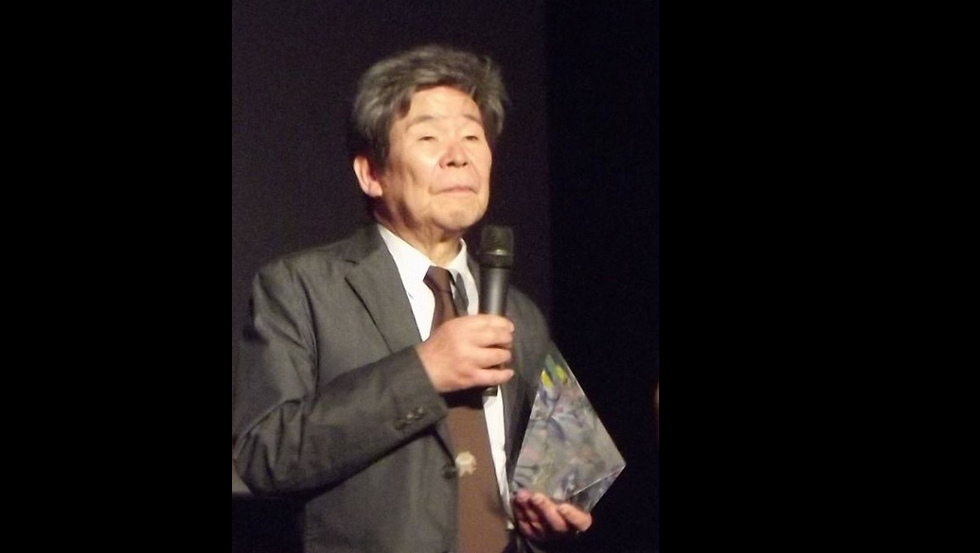
Isao Takahata was a Japanese film director and producer who made significant contributions to the world of animation, both in Japan and around the world. He was the co-founder of Studio Ghibli, a world-renowned animation studio that has produced some of the most beloved animated films of all time.
Takahata began his career in animation in the 1960s, working for Toei Animation, where he produced and directed a number of popular anime television series. He later co-founded Studio Ghibli with his longtime collaborator, Hayao Miyazaki, and together they produced a number of critically acclaimed and commercially successful animated films.
One of Takahata’s most notable contributions to animation is his film “Grave of the Fireflies,” which was released in 1988. The film tells the story of two siblings who are struggling to survive during the aftermath of the bombing of Hiroshima. “Grave of the Fireflies” is widely considered to be one of the greatest anti-war films ever made, and Takahata’s sensitive and nuanced portrayal of the devastating effects of war has earned him praise and recognition from around the world.
Takahata’s other notable works include “Only Yesterday,” a coming-of-age drama that explores the themes of memory and nostalgia, and “The Tale of Princess Kaguya,” which tells the story of a young princess who is discovered inside a bamboo stalk and raised by a poor bamboo cutter and his wife. Both of these films are characterized by Takahata’s ability to create engaging and deeply emotional stories that resonate with audiences of all ages.
Throughout his career, Takahata was known for his commitment to creating animation that explored important social and cultural themes, and that was grounded in realism and authenticity. He was a master of using animation as a medium for storytelling, and his ability to create complex and multifaceted characters has earned him a reputation as one of the greatest animators of all time.
Takahata’s contributions to animation have been recognized with numerous awards and honors, including the Purple Medal of Honor from the Japanese government, the Chevalier of the Order of Arts and Letters from the French government, and the Winsor McCay Award from the International Animated Film Society. He passed away in 2018, leaving behind a legacy of innovative and emotionally resonant animation that will continue to inspire and captivate audiences for generations to come.
Isao Takahata’s contributions to the world of animation are significant and far-reaching. His dedication to creating animation that explored important social and cultural themes, and that was grounded in realism and authenticity, has earned him a reputation as one of the greatest animators of all time.
Conclusion
Animated videos have come a long way since their inception, thanks to the work of talented animators and motion graphics designers.
The top 10 most famous animation artists of all time that we’ve explored in this article have all left their mark on the industry, pushing the boundaries of what’s possible and inspiring future generations of animators.
From Walt Disney’s pioneering work to Isao Takahata’s masterful storytelling, each of these artists has contributed something unique and valuable to the world of animation. As technology continues to evolve and new techniques are developed, we can only imagine what the next generation of animators will be able to achieve.
FAQS Top 10 Most Famous Animation Artists of All Time:
Who are the Top 10 Most Famous Animation Artists of All Time? The Top 10 Most Famous Animation Artists of All Time are: Walt Disney, Hayao Miyazaki, Chuck Jones, Tex Avery, Osamu Tezuka, Tim Burton, John Lasseter, Nick Park, Glen Keane, and Isao Takahata.
What are some of the significant contributions that these artists have made to animation? Each of these artists has made significant contributions to the world of animation through their unique styles, techniques, and storytelling abilities. Some examples of their notable contributions are:
- Walt Disney: creating the first feature-length animated film, Snow White and the Seven Dwarfs, and developing groundbreaking animation techniques like the multiplane camera.
- Hayao Miyazaki: producing a series of critically acclaimed and commercially successful animated films with Studio Ghibli, including Spirited Away, Princess Mononoke, and My Neighbor Totoro.
- Chuck Jones: directing and producing some of the most beloved and iconic Looney Tunes cartoons, including What’s Opera, Doc? and Rabbit of Seville.
- Tex Avery: creating some of the most memorable and influential cartoon characters, including Bugs Bunny, Daffy Duck, and Droopy.
- Osamu Tezuka: pioneering the manga and anime industries in Japan, and creating a number of beloved characters and series, including Astro Boy and Kimba the White Lion.
- Tim Burton: introducing a unique and visually distinctive style of animation through films like The Nightmare Before Christmas and Corpse Bride.
- John Lasseter: co-founding Pixar Animation Studios and directing some of the studio’s most successful films, including Toy Story, A Bug’s Life, and Cars.
- Nick Park: creating a series of beloved stop-motion animated films, including Wallace and Gromit and Chicken Run.
- Glen Keane: designing and animating some of the most iconic and memorable Disney characters, including Ariel from The Little Mermaid, Beast from Beauty and the Beast, and Aladdin from Aladdin.
- Isao Takahata: co-founding Studio Ghibli with Miyazaki and producing a number of critically acclaimed and socially relevant animated films, including Grave of the Fireflies and The Tale of Princess Kaguya.
Why are these artists considered the most famous in the animation industry? They are all considered the most famous in the animation industry because of their significant contributions to the field, their unique and influential styles, and their ability to create engaging and emotionally resonant stories that have captivated audiences around the world. They have each left an indelible mark on the animation industry and have inspired generations of animators and filmmakers to come.
What impact have these artists had on the animation industry as a whole? The impact of these artists on the animation industry is immeasurable. They have each contributed to the development of new techniques and technologies, created iconic characters and stories, and pushed the boundaries of what is possible in animation.
Their work has influenced and inspired countless animators and filmmakers around the world, and their legacy will continue to shape the animation industry for generations to come.
Are there any common themes or techniques that these artists share? While each of these artists has their own unique style and approach to animation, there are some common themes and techniques that can be found across their work. For example, many of these artists prioritize strong storytelling, often creating characters and worlds that are richly detailed and emotionally resonant.
They also frequently employ a range of animation techniques, from hand-drawn animation to stop-motion and computer-generated imagery, in order to bring their stories to life in a visually striking way.
What kind of impact have these artists had on popular culture outside of the animation industry? The work of these artists has had a significant impact on popular culture beyond the animation industry. Many of their characters and stories have become household names and have been referenced or parodied in movies, television shows, and other forms of media.
For example, Walt Disney’s Mickey Mouse has become one of the most recognizable and iconic characters in the world, while Tim Burton’s distinctive visual style has inspired a generation of filmmakers and artists. Additionally, the work of Hayao Miyazaki and Studio Ghibli has introduced a new generation of viewers to the world of anime and has helped to popularize Japanese animation around the world.
Article by Nicole Delgado 2023 | CMO | The Explainer Video Company – Animated Explainer Videos
Related Articles:


